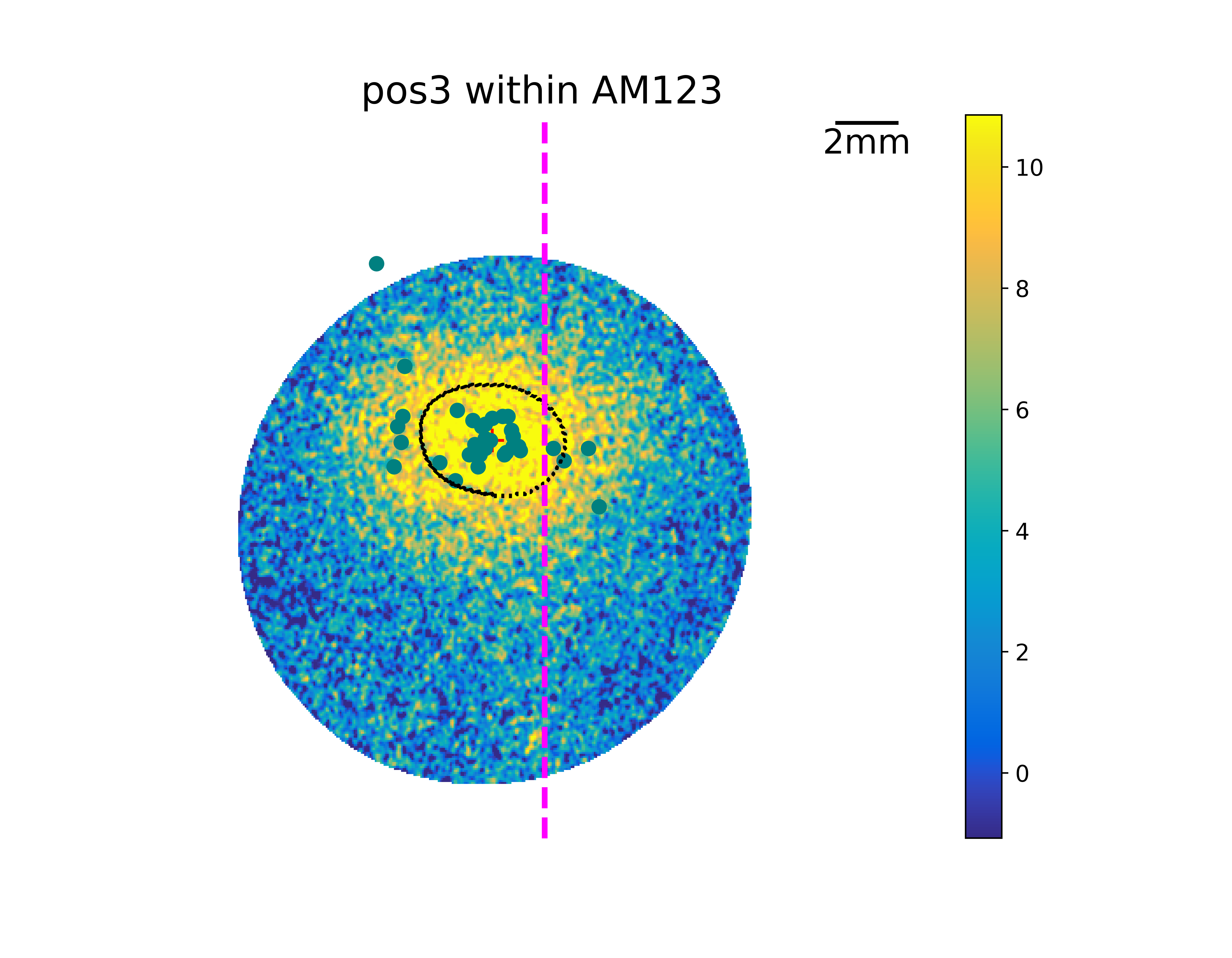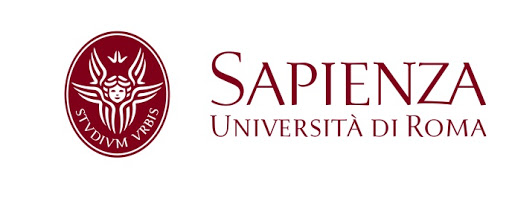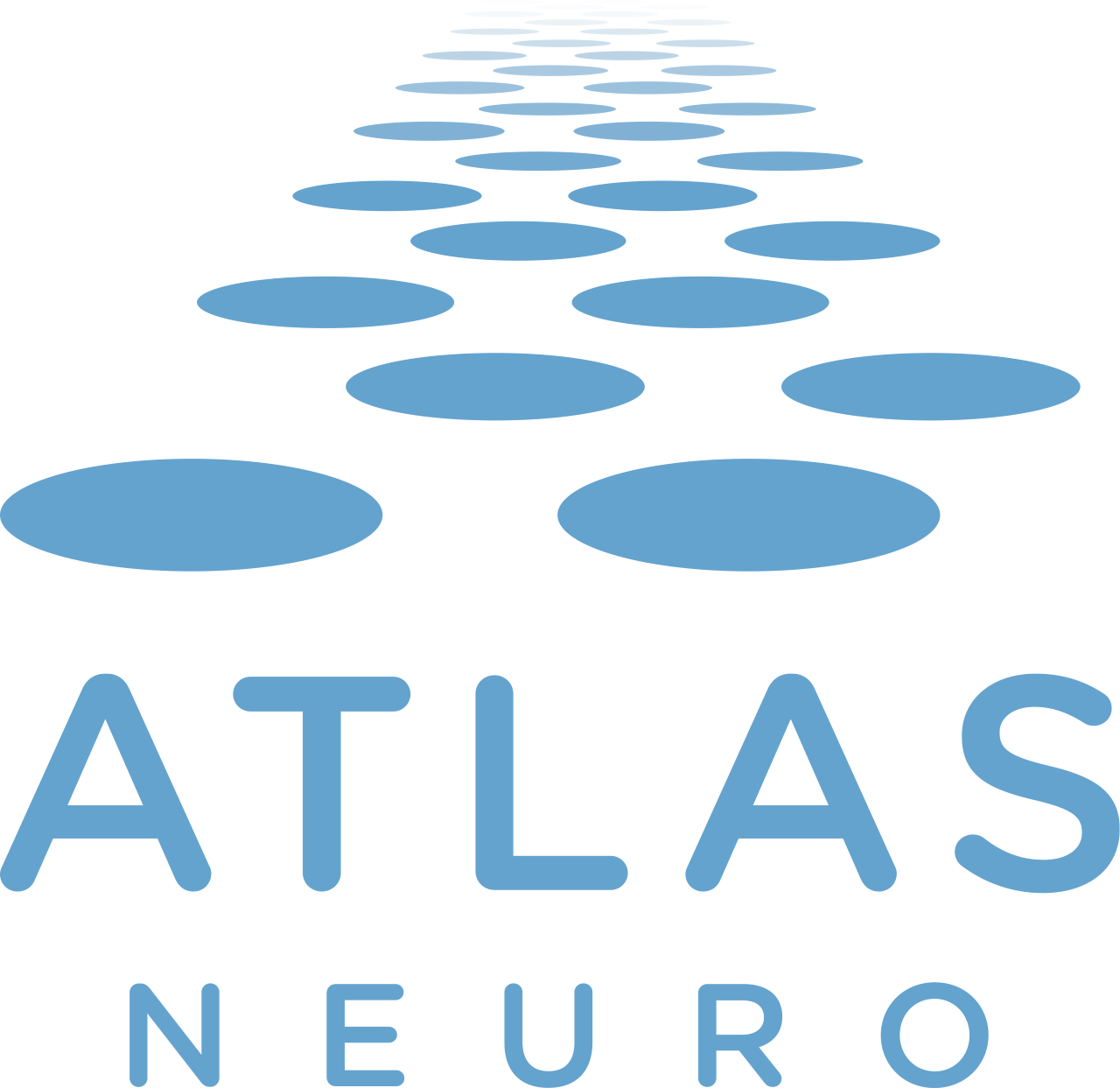ESR 3
Cortical interactions for processing motion information in non-human primates
- Early Stage Researcher 3 (ESR 3) name: Salvatore Giancani
Email address: salvatore.giancani@univ-amu.fr
Personal Information:
I am currently PhD student at Aix-Marseille University, as ESR3 in MSCA – In2PrimateBrains Training Network, under the supervision of Dr. Frederic Chavane.
I obtained a BSc in Biomedical Engineering at University of Cagliari. Before starting the MSc in Neuroengineering at University of Genoa, I did an intern as Software Developer at Accenture, which helped me to improve my coding skills.
During my MSc studies I had the opportunity for deepening my knowledge in biochemistry, biology and computational neuroscience, with particular attention to computational models of visual path. I did my master thesis at Universitat Innsbruck in the Intelligent and Interactive Systems group under the supervision of Dr. Antonio Rodriguez-Sanchez, within the Erasmus Traineeship program, which allowed me to study deep neural networks and artificial reinforcement learning. After my graduation I got a research fellowship position at CNR-IMATI Institute of applied Math and informatics technologies in Genoa, under the supervision of Dr. Chiara Catalano, where I continued investigating deep neural networks, focusing on language models and semantics.
My main research interest is related to the neural basis of motion processing at visual cortex level and its perception in NHP. I am interested also in deep neural architectures, biological plausible models and explainable AI.
- Host Institution: CNRS & Aix-Marseille University, Marseille, France
- Supervisors: Dr Frédéric Chavane, Dr Lyle Muller
- Project title: Cortical interactions for processing motion information in marmosets
- Project description:
It is still little understood how the visual system process a simple stimulus moving along a long trajectory. The working hypothesis of my PhD project is that cortical interactions within and between retinotopic maps are key in the processing of such global motion signals. For visualizing retinotopic maps at the scale of whole cortical areas, voltage-sensitive dye imaging is used. Since local, stationary stimuli generate waves propagating in parallel within V1 and V2 retinotopic maps, when presented in succession, these local stimuli generate a complex cascade of embedded intra and inter-cortical propagations that shapes motion representation.
Studying these phenomena in the macaque does not allow observing the dynamics of activity of cortical regions buried in a sulcus (like part of V2, V3 and V5). The objective is to explore how cortical waves participates in processing motion from V1 to V5 of the lissencephalic marmoset."
- Secondments:
(1) University of West Ontario (UWO): learning protocols for marmoset studies, from 17/03 to 18/04/2023
The secondment allowed me to have fruitful scientific interactions in one of the biggest marmoset lab in the world: coming from visual neuroscience, the visiting experience has represented an incredible opportunity for widening my knowledge, going beyond the framework of vision. Discussions and exchanges with students and researchers have been very didactical for me, in any aspect of the lab research activity: used to the mesoscopic scale of the brain activity, I was sincerely amazed by the single units activity.

(2) Deutsches Primatenzentrum (DPZ): comparison of coding principles between visual and parieto-frontal networks.
Contact: email Dr Chavane
More information:
















